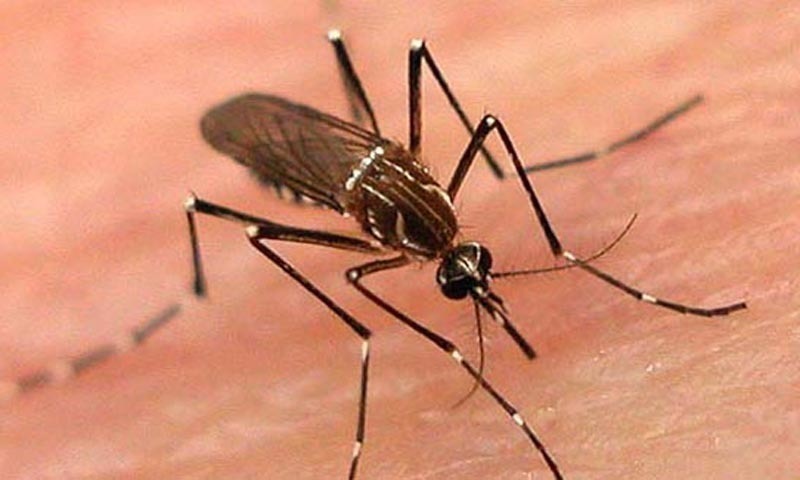ISLAMABAD: More advanced and cost-effective tools are now available for any country wishing to carry out pilot trials to test a nuclear technique to suppress the mosquitoes spreading dengue, the joint division of nuclear techniques in food and agriculture of the International Atomic Energy Agency (IAEA) and the Food and Agriculture Organisation (FAO) has announced.
Using a nuclear technique applied at a large scale against agricultural pests around the world to control disease-transmitting mosquitoes has been an elusive goal for scientists over the last decade, but important milestones have been reached in recent years as a result of research done by the IAEA in cooperation with FAO, supported by a grant assistance of the United States.
Dengue is a mosquito-borne viral infection transmitted mainly by ‘Aedes’ mosquitoes, which typically breed in water containers, and the disease cause debilitating flu-like symptoms, and some strains of the virus can lead to potentially lethal complications.
Experts from the IAEA and World Health Organisation have recently helped Bangladesh assess the current dengue outbreak in the country, and draw up a plan to test the nuclear technique to suppress the mosquitoes spreading the disease.
Health officials in Pakistan wait for the results of experiments taking place in other countries
In Pakistan, health officials say they are monitoring the developments and wait for the results of experiments taking place in other countries.
Optimising the mass rearing of mosquitoes for sterile insect technique (SIT) applications and improving technologies to separate males from females, both being crucial for large-scale implementation of the technique, are key outcomes.
The focus of this research was to develop the SIT package for disease-transmitting mosquitoes, with an emphasis on the ‘Aedes’ mosquito which transmit the ‘Zika’ virus, and to pass on this technology to the member states, said Rui Cardoso Pereria, head of the Insect Pest Control Section at the FAO/IAEA joint division of nuclear techniques in food and agriculture.
SIT is an environmental-friendly insect pest control method ever developed involving the mass-rearing and sterilisation, using radiation, of a target pest, followed by the systematic area-wide release of the sterile males by ground or by air over defined areas. Released males mate with wild females resulting in no offspring, which leads to a declining pest population.
More than half of the world’s population lives in areas where this mosquito species is present, according to WHO. In addition to the Zika virus, the ‘Aedes’ mosquito also carries viruses that cause chikungunya, yellow fever and dengue fever, among others.
SIT has been used for over six decades in many parts of the world against major agricultural tephritid pest species, such as the Mediterranean fruit fly, the Mexican fruit fly Anastrepha ludens, the Oriental fruit fly and the melon fly zeugodacus cucurbitae. Every week, more than two billion sterile tephritid males are being released worldwide to manage these major agricultural pests.
In several countries where the technology has been applied, retrospective economic assessment studies have shown a very high return on investment. Benefits of using the technology include: a significant reduction in crop and livestock production losses; protection of the horticultural and livestock industries through prevention of pest introductions; providing conditions for commodity exports to high value markets without quarantine restrictions; protecting and creating jobs; significant reduction in production and human health costs; and environmental protection through a reduced use of insecticides.
The International Plant Protection Convention categorises sterile insects as beneficial organisms. SIT differs from classical biological control, which involves the introduction of non-native biological control agents. SIT does not introduce non-native species into an ecosystem.
Published in Dawn, September 16th, 2019














































Dear visitor, the comments section is undergoing an overhaul and will return soon.